Increase in wholesale gas prices compared to same period last year.
ACER webinar: Evolving role of LNG in Europe
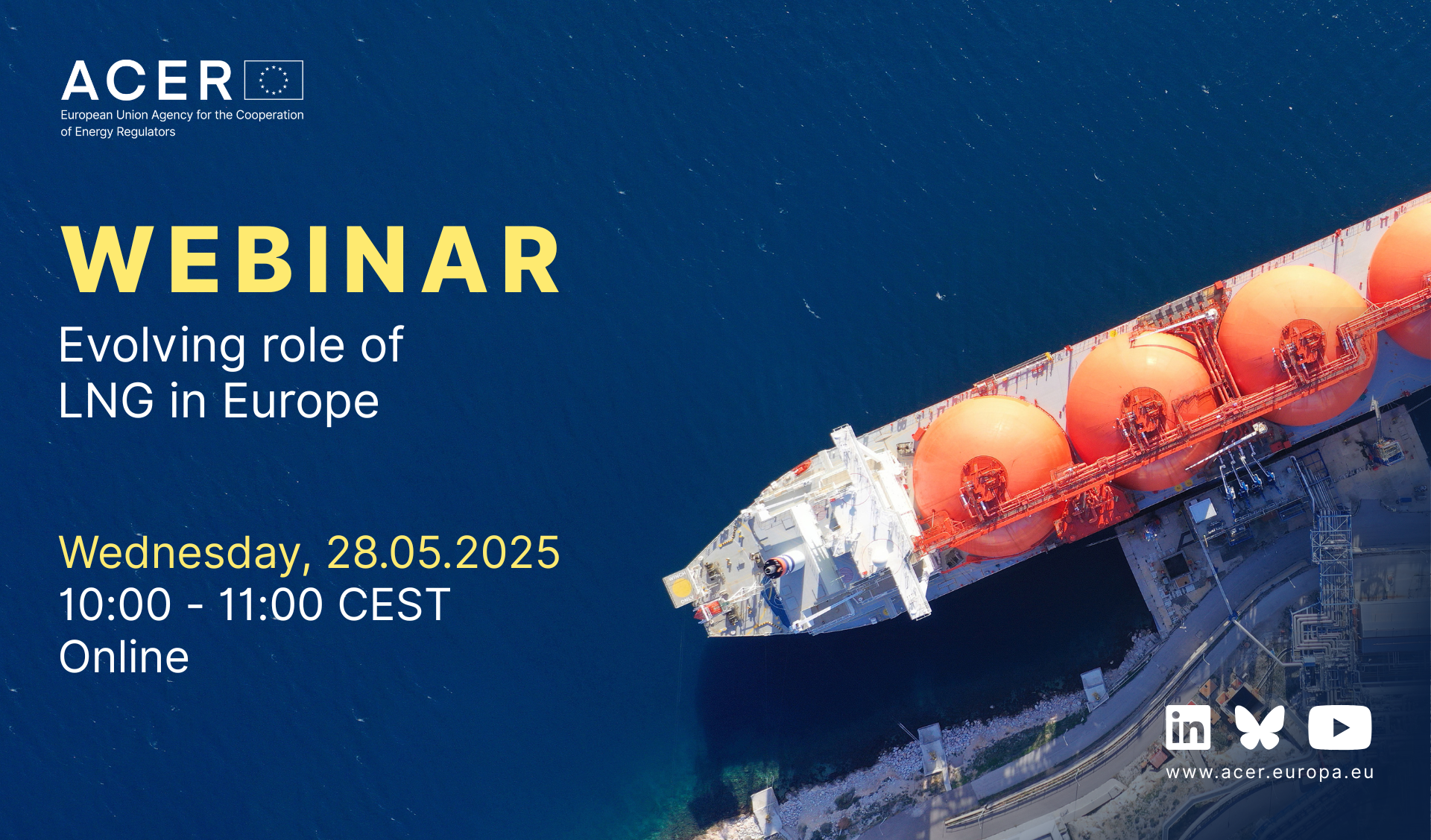


ACER issues today its guidelines to better protect cybersecurity information exchanged under the EU-wide network code on sector-specific rules for cybersecurity aspects of cross-border electricity flows (NCCS).
These guidelines are issued for the electricity sector, including transmission and distribution system operators, generators, organised markets, nominated electricity market operators (NEMOs) and the balancing responsible parties, as well as for providers of critical information and communication technology (ICT) services and managed security services.
ACER consulted the EU cybersecurity agency (ENISA), the European Network of Transmission System Operators for Electricity (ENTSO-E), EU DSO Entity and the competent authorities under the electricity cybersecurity network code in preparing these guidelines.
Entities from the electricity sector (e.g. network companies and others) are required under the binding electricity-specific cybersecurity network code to share information, including on cyberattacks, threats, risk assessments and cybersecurity expenditures. Preserving the confidentiality of such sensitive information when sharing it among themselves and with relevant authorities is important.
The guidelines suggest:
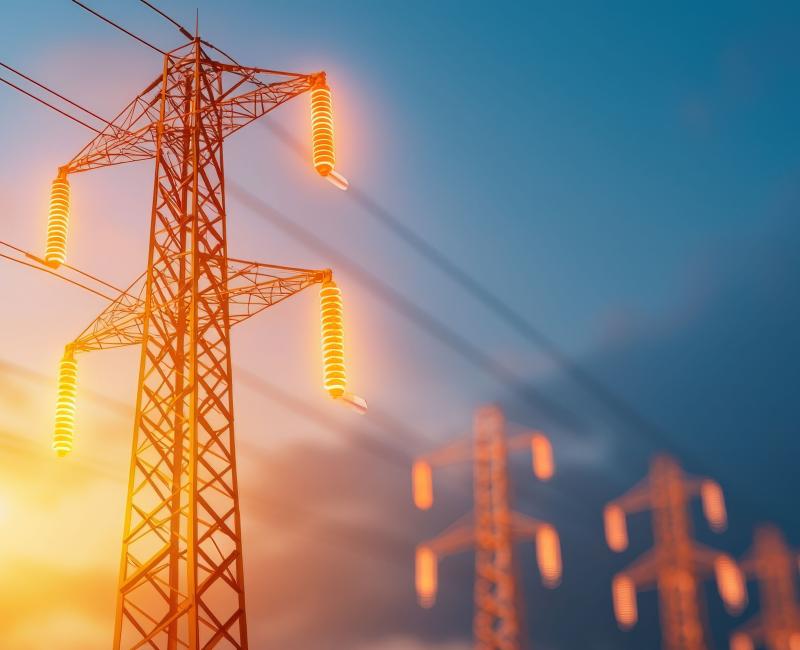
ACER has published its opinion on the amended balancing monitoring plan of the European Network of Transmission System Operators for Electricity (ENTSO-E), suggesting more flexible reporting timelines, while stressing the need for improved data quality.
In balancing markets, balancing energy is used to always keep the power system stable by correcting differences between electricity production and consumption. If there is not enough electricity in the system, transmission system operators (TSOs) procure upward balancing energy. If there is too much electricity, TSOs procure downward balancing energy. In most EU countries, this is done via EU platforms for the activation of balancing energy.
Under the Electricity Balancing Regulation, ENTSO-E is tasked with overseeing the implementation and integration of balancing mechanisms across the EU. This includes coordinating the use of key platforms for the exchange of balancing energy and providing detailed reports to ACER on progress, efficiency and market integration.
However, delays in some TSOs joining key balancing platforms could hinder the timely publication of monitoring reports, as insufficient operational data may be available for analysis. As a result, ACER has suggested more flexible reporting timelines, while stressing the importance of high-quality balancing data.
ACER recommends that ENTSO-E:
ENTSO-E is encouraged to begin improving data quality without delay.
Looking ahead, ACER commits to working closely with ENTSO-E to progressively reduce the number of reports required, aiming for more efficient and focused monitoring processes.

The EU Agency for the Cooperation of Energy Regulators (ACER) has submitted its response to the European Commission’s public consultation on the functioning of the commodity derivatives markets, with a focus on the interplay between energy and financial market regulation.
ACER believes that it is of importance to add sector-specific context to the consultation with respect to the functioning of wholesale energy markets and the specifics of Regulation No 1227/2011 on Wholesale Energy Market Integrity and Transparency (REMIT). The fundamental differences between financial and energy markets are the reason why Europe has (since 2011) a dedicated and highly successful energy-sector specific framework to ensure open and fair competition in Europe’s wholesale energy markets.
ACER’s input to this consultation draws on many years of experience of national energy regulators enforcing REMIT, and ACER as the EU energy regulatory agency, protecting consumers and citizens from energy market manipulation and abuse (through its monitoring activities). It outlines the evolution of the REMIT framework with the revised Regulation (2024), including ACER’s evolving role as a wholesale energy market data reference centre.
Put simply, ACER’s position is that European consumers and businesses benefit enormously from the sophisticated EU-wide (REMIT) framework that protects energy markets from abuse. REMIT plays a crucial role in ensuring fairness, transparency and integrity of the wholesale energy market and as such should be the starting point for any further enhancements.
ACER’s response covers different aspects of the consultation, including:
ACER recommends building on what already works well under REMIT and financial legislation, and to further strengthen the cooperation with the EU Securities and Markets Authority (ESMA) in areas such as data sharing, notifications to energy and financial regulators, coordination mechanisms and best practices exchange.

On 16 April 2025, the European Network of Transmission System Operators for Electricity (ENTSO-E) and the European Distribution System Operators Entity (EU DSO Entity) submitted to ACER a joint proposal on the national flexibility needs assessment methodology. The proposal defines:
The national flexibility needs assessments aim to support Member States in identifying their indicative national targets for non-fossil flexibility (e.g. storage, demand response), ensuring their electricity systems remain secure and efficient during the energy transition.
ACER has three months, until 16 July 2025, to approve or amend the system operators’ proposal. Once approved, the methodology becomes binding for national assessments. Based on the national assessments (to be delivered by the national designated entities by July 2026), the Member States must set their national non-fossil flexibility targets within 6 months (by January 2027).
ACER will then review the national reports (by July 2027) and may provide recommendations on issues of cross-border relevance (including on removing barriers) to ensure sufficient non-fossil based flexible capacity is in place.
In parallel, to complement the national assessments, ACER is working on an EU-wide flexibility needs assessment, which will be published by July 2027.

Today, ACER publishes its report on trends in the European gas wholesale markets during the gas winter season (October 2024 to March 2025). The report also explores gas storage dynamics over the winter and offers an outlook for summer 2025.
European gas markets came under more pressure this winter due to higher demand and lower supply.
To meet summer 2025 gas needs and refill EU gas storage to 90% by next winter, ACER estimates that pipeline flows must remain high and LNG imports will need to increase by 20% compared to summer 2024.
 Gas
Gas

The report provides an overview of European gas wholesale markets trends during the gas winter season, covering the period from October 2024 to March 2025. It also explores gas storage dynamics over the winter and offers an outlook for summer 2025.
European gas markets faced greater strain than in the previous winter, driven by a combination of higher demand and lower supply.
ACER considers that meeting Europe’s gas consumption needs for summer 2025 and the EU gas storage targets (of 90% by the winter season) will require:
Storages in Germany will require the largest volume of gas injections, followed by those in the Netherlands, Italy and France.
Increase in wholesale gas prices compared to same period last year.
EU gas storage level at the end of winter, below 2023-24 but in line with pre-2022 norms.
Increase in LNG imports needed in summer 2025 to meet EU demand and refill storages.
ACER’s Monitoring Report on Key developments in European gas wholesale markets (winter 2024-2025) analyses:
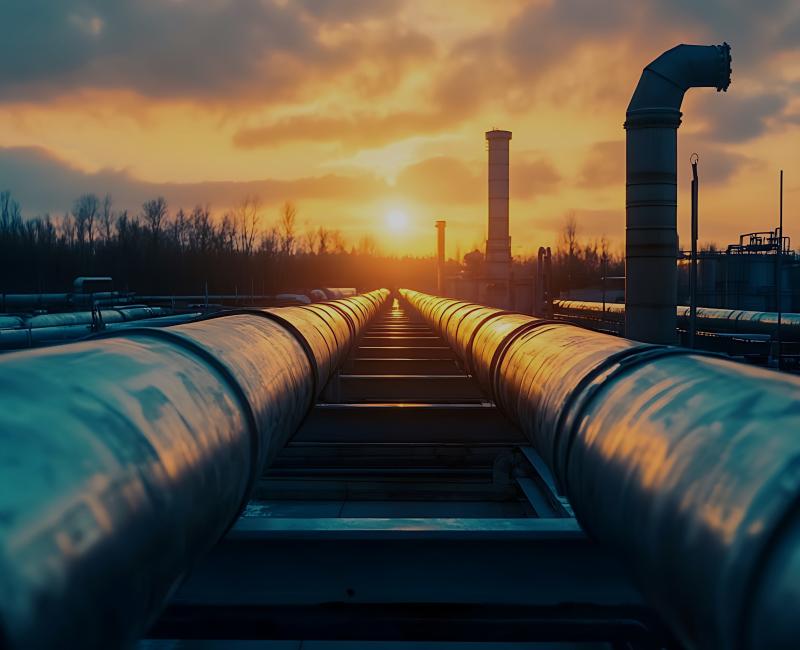
Today, ACER publishes its report on the Czech gas transmission tariffs directed at the Energetický regulační úřad/Energy Regulatory Office (ERO), the Czech national regulatory authority.
The report assesses whether the proposed reference price methodology complies with the requirements of the EU binding Network Code on Harmonised Transmission Tariff structures.
The regulator proposes to:
After analysing the consultation document, ACER concludes that:
ACER recommends that the national regulatory authority (ERO), when adopting its final decision:
See all ACER reports on national tariff consultation documents.
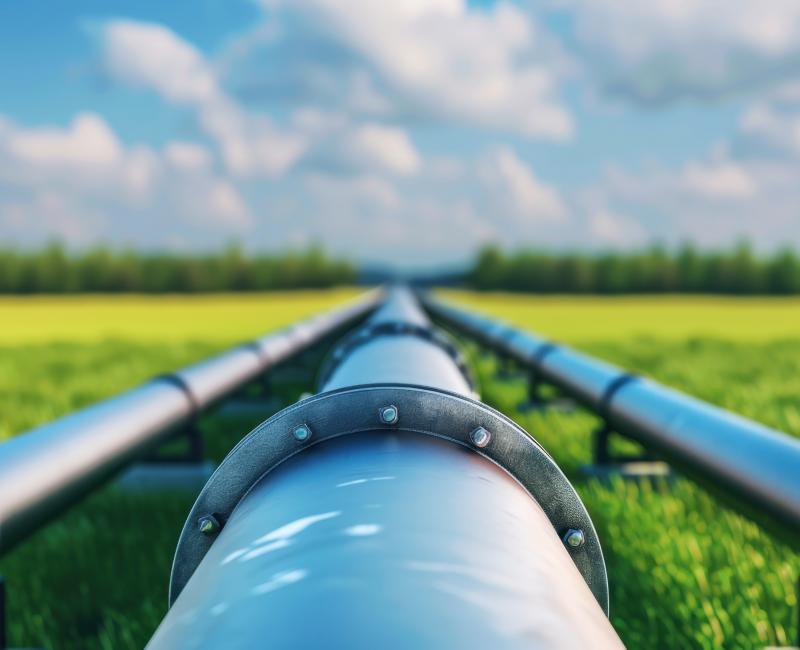
Today, ACER releases its report on the Lithuanian gas transmission tariffs directed at the Valstybinė Energetikos Reguliavimo Taryba (VERT), the national regulatory authority (NRA) of Lithuania.
The report assesses the compliance of the proposed reference price methodology (RPM) with the requirements of the Network Code on Harmonised Transmission Tariff structures.
The Lithuanian regulator proposes to:
After analysing the consultation document, ACER concludes that:
ACER recommends that the national regulator, when adopting its final decision:
See all ACER reports on national tariff consultation documents.
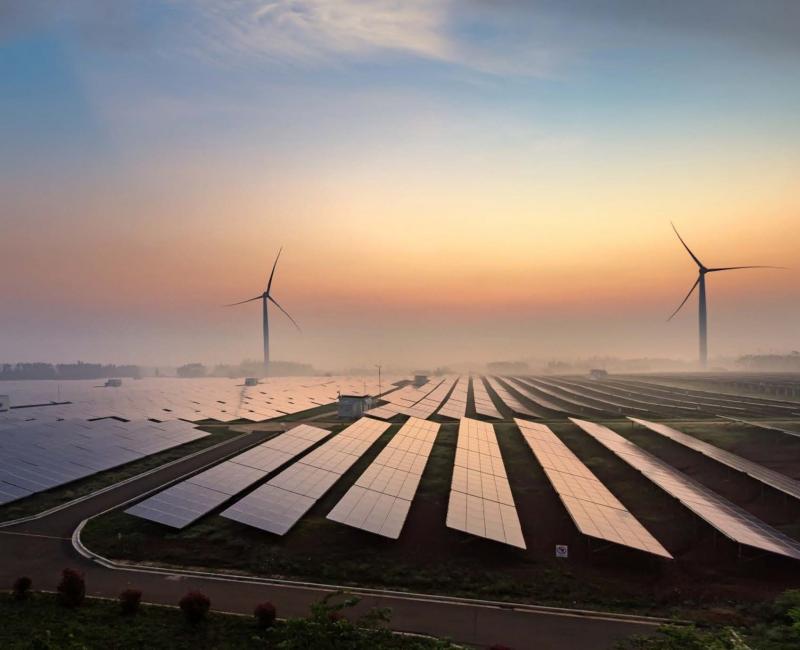
The ACER report Unlocking flexibility: No-regret actions to remove barriers to demand response identifies persistent barriers to demand response and proposes 12 no-regret actions to remove them.
The report is a roadmap and a call to action for policymakers, system operators, regulators, and market participants to act now. These actions will enhance flexibility, improve system efficiency, reduce consumer costs, and support the energy transition.
Demand is the consumer side of the electricity market. Demand response is when consumers (or aggregators on their behalf) adjust their electricity consumption and generation in response to a change in the electricity market price (or a financial incentive) to increase/decrease/shift the timing of their electricity consumption.
Power system flexibility is the electricity system’s ability to adjust to changing generation, consumption and grid conditions. Distributed energy resources, including demand response, energy storage, and distributed generation, play a key role in providing this flexibility.
Demand response supports more variable renewable generation and demand-side resources being added to the power grid. When consumers respond to price signals and actively participate in electricity markets, the benefits extend beyond them, helping to reduce price volatility for all consumers.
Consumers have an important role to play in energy markets and the shift to cleaner energy. Enabling demand response supports this transition.
Recognising this, the first action of the European Commission’s Action Plan for Affordable Energy (February 2025) is to make electricity prices more affordable.
One way to achieve this is by increasing flexibility in the power system. Greater demand response helps reduce price volatility and price spikes, makes it easier to integrate renewables, and increases overall system resilience.
The ACER report sets out 12 concrete actions to remove the barriers to demand response, calling, for example, for:
ACER and the national regulatory authorities (NRAs) agree to follow the actions set out in the report and call on policymakers, Member States, system operators, and market players to similarly focus on these 12 actions.
Interested in the topic? Read ACER’s recommendation on the Network Code on Demand Response, which provides further insights into the regulatory framework supporting flexibility in electricity markets.